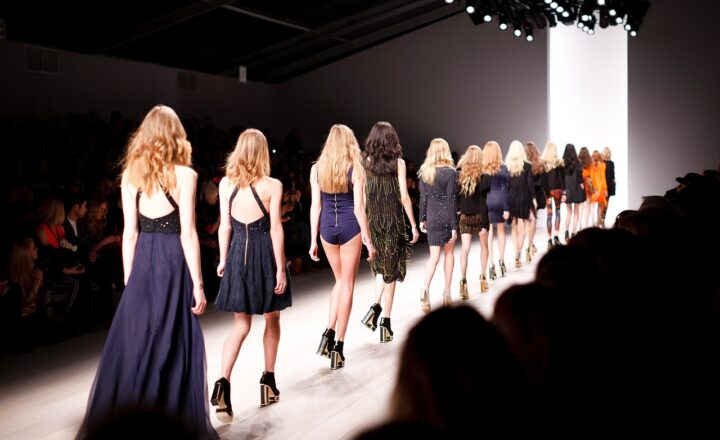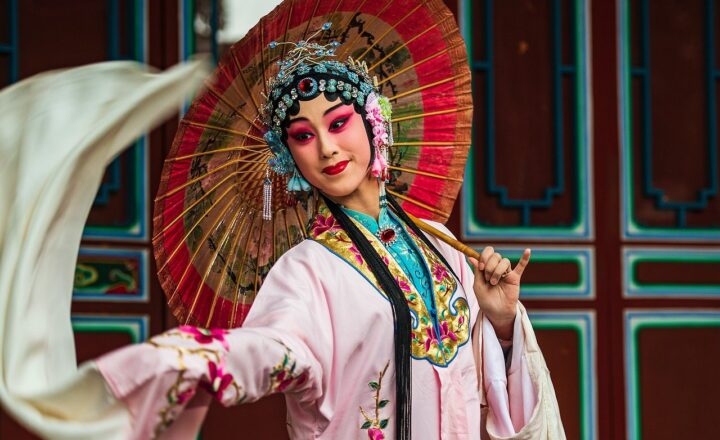How Trends of the Past Shape Our Future: A Look into Fashion, Music, and Subcultures
November 18, 2024

The world is in a constant state of flux, with trends in fashion, music, and subcultures evolving alongside societal changes. Yet, at the very core of these trends lies a powerful influence from the past. The way we dress, the music we enjoy, and the cultures we build today are all deeply rooted in the patterns, movements, and influences of yesteryears. This article delves into how historical trends shape contemporary society, impacting our identities and future direction.
1. Understanding the Cycle of Trends
Trends are cyclical. They rise, fall, and often return, reimagined for the contemporary landscape. This cycle can be illustrated by examining how previous trends in various sectors are revived and manifested in modern times.
For instance, in fashion, it’s common to see styles from the ’60s, ’70s, and ’80s returning to the forefront, often referred to as “retro” or “vintage”. Designers frequently draw inspiration from these eras to create clothing that feels both nostalgic and new. The revival of high-waisted jeans and oversized blazers reflects a longing for the comfort and boldness of earlier decades, showing that what was once trendy can come back into focus with a modern twist.
2. Fashion: A Reflection of Societal Change
Fashion is not just about personal style; it’s a direct reflection of social dynamics, politics, and cultural shifts. The evolution from the stringent styles of the Victorian era to the liberating fashion of the 1920s flapper era encapsulates women’s changing roles in society. Similarly, the punk rock movement of the 1970s challenged the status quo, with fashion elements like ripped jeans, leather jackets, and bold hairstyles symbolizing rebellion against societal norms.
Today, fashion continues to serve as a canvas for political expression. For example, the prominence of sustainable fashion trends can be traced back to growing environmental awareness. As society increasingly acknowledges the impact of fast fashion on the planet, many designers are opting for ethical practices and eco-friendly materials, fundamentally reshaping the fashion landscape for the future.
3. Music: The Soundtrack of Generations
Music is another arena where past trends have a significant influence on current styles and genres. Genres like hip hop and rock have roots deeply entwined with the socio-political issues of their times. For instance, the protest songs of the ’60s during the Civil Rights Movement inspired today’s artists to create music that speaks to social justice and equality.
Moreover, the resurgence of vinyl records illustrates the nostalgia for past musical formats. Many millennials and Gen Z-ers have developed a fascination with classic rock or old-school hip hop, in part due to social media’s ability to resurrect forgotten sounds and styles. This interest in authenticity and roots influences how new artists create their music today; many are blending genres traditionally seen as separate, such as country with hip hop, creating innovative sounds that also pay homage to the past.
4. Subcultures: The Birth of New Identities
Subcultures often emerge from a combination of historical influences, causing shifts in societal norms and creating distinct identities. For example, the goth subculture of the ’80s evolved as a response to both music (from bands like The Cure and Siouxsie and the Banshees) and fashion (characterized by dark clothing and dramatic make-up). This subculture arose during a time of uncertainty and upheaval, mirroring the feelings of disenfranchisement felt by many.
Today, subcultures continue to emerge, often driven by digital platforms that allow individuals to explore and engage with shared interests. The rise of online communities means that individuals can cultivate identities that are influenced by historical aesthetics—whether it’s the cottagecore movement evoking nostalgia for simpler times or the cyberpunk aesthetic reflecting futuristic dystopias. Each of these subcultures provides a lens through which to view the past and future simultaneously, suggesting that cultural development is never isolated from our history.
5. The Role of Social Media in Shaping Trends
In today’s digital age, social media plays a pivotal role in how trends from the past are revived and reshaped. Platforms like Instagram and TikTok serve as modern-day galleries for emerging trends, enabling users to discover, adopt, and adapt historical styles for contemporary audiences. The virality of trends—like the resurgence of Y2K fashion—shows how quickly past trends can influence current tastes within just a matter of months.
Social media influencers often draw from previous decades in their content, remixing styles to create a fresh narrative while paying homage to historical influences. This blurring of lines encourages a culture of remixing, where nothing is entirely original, and everything is a reinterpretation of something else. For example, thrifting and upcycling have gained popularity as sustainable fashion movements—reflecting both an environmental consciousness and a nostalgic pull towards past styles.
6. Future Outlook: Embracing Diversity and Inclusivity
As we move forward, the future of fashion, music, and subcultures will likely reflect an even broader spectrum of diversity and inclusivity. The past has laid the groundwork for a more open society, where various identities and expressions can coexist. Lessons learned from historical movements advocating for civil rights, gender equality, and body positivity will continue to shape our approach towards trends.
Fashion shows and music festivals increasingly feature models and artists that reflect a wider range of backgrounds, breaking down traditional barriers and championing diversity. This evolution not only represents a change in aesthetic preferences but also marks an essential shift in cultural values, as society strives to create spaces where everyone can express themselves freely.
Conclusion
In conclusion, the trends of the past significantly shape our future across fashion, music, and subcultures. By understanding the historical context of these trends, we can appreciate the cyclical nature of culture and the influences that continue to define us. As we embrace the lessons learned from history, we can pave the way for a future that honors our roots while also fostering innovation and inclusivity. Through our choices in fashion, music, and community, we have the power to create a cultural landscape that resonates with the past, enriches the present, and guides us toward a promising future.







